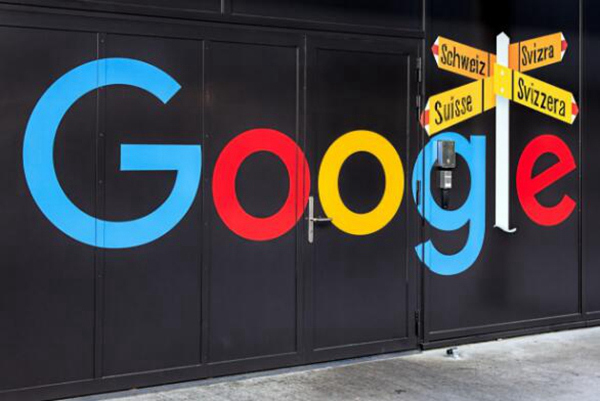Figma recently announced a comprehensive upgrade to its Developer Mode, introducing a colorful interactive commenting system and significant improvements to the Model Context Protocol (MCP). This update has been seen as a major breakthrough in the field of design and development collaboration, and is expected to revolutionize traditional design handoff processes.
Colorful Commenting System: The Era of Communication Chaos is Over
The biggest highlight of the new Developer Mode is the introduction of a colorful interactive commenting feature. Designers can now directly use different colored comments in their design files to mark various pieces of information: blue for interaction logic, green for style specifications, and orange for accessibility requirements. This intuitive color classification system allows developers to quickly understand design intent, eliminating the need for frequent questions and repeated confirmations.

More importantly, these comments have dynamic association features. When designers modify layers, related comments automatically update their positions and content, ensuring that information remains synchronized at all times. Comments will also intelligently display or hide based on the canvas zoom level, maintaining both information visibility and the cleanliness of the design view.
For large teams, Figma also provides plugin API support, allowing enterprise users to batch create and manage comments, significantly improving project collaboration efficiency. For companies with complex design systems, this is undoubtedly an important productivity tool.

MCP Protocol Upgrade: A New Era of AI-Assisted Development
The upgrade of the MCP server may be the most revolutionary improvement in this update. The new version not only supports the transmission of developer annotations but also handles local images, SVG resources, and structured data from design system rules. This means that AI coding tools (such as Copilot in VS Code, Cursor, or Claude Code) can now access richer design context information.
Specifically, MCP can directly pass all variables from the design system—such as color values, spacing specifications, corner radius parameters, and font settings—to AI tools. When developers use AI to generate code, the output will strictly follow the established design specifications, greatly reducing the workload of manual adjustments.
The local resource transfer feature is also impressive. Developers no longer need to manually export icons or use placeholders; the MCP server will automatically provide all images and SVG assets within the design file. This seamless integration ensures a high degree of consistency between the design and the final code.
From Design to Code: A Process Revolution
New features such as the Ready for Dev view and Focus view further simplify the design handoff process. Developers can quickly browse all designs marked as "ready for development" through the Ready for Dev view, while the Focus view provides detailed information on a single design, including layer structure and version history comparisons.
New grid support and interactive inspection features allow developers to intuitively verify the behavior of responsive designs. Through the Figma for VS Code extension, developers can also receive design change notifications directly in their IDE, avoiding the awkward situation of developing based on outdated designs.
Accessibility design support has also been enhanced. Designers can more easily add a11y-related comments using tools like the Include plugin, ensuring that the final code meets accessibility standards. For teams focused on inclusive design, this is an important advancement.
Industry Impact and Future Outlook
This update marks Figma's continued leadership in the field of design-to-code collaboration. By providing structured data and rich design context, the MCP server significantly reduces the "guessing" behavior of AI tools, making the generated code more aligned with actual project needs.
Figma plans to launch support for remote MCP servers in the future, which will eliminate the reliance on desktop applications and further strengthen deep integration with code repositories. These improvements are expected to lower the technical barriers for team collaboration, allowing more non-professional users to enjoy the convenience of efficient collaboration.
However, some developers point out that setting up and optimizing the MCP still requires a certain level of technical background, presenting a learning curve. Additionally, although the quality of AI-generated code has improved, it still requires manual review in complex projects to ensure accuracy. Figma has stated that it will continue to optimize these features based on user feedback, including simplifying setup processes and expanding support for more interactive features.
Conclusion
This major update to Figma's Developer Mode brings substantial improvements to design and development collaboration through colorful interactive comments and an upgraded MCP protocol. Although there is still room for optimization in terms of technical barriers and AI code reliability, the release of these features undoubtedly sets a new benchmark for the industry. As these features continue to improve, Figma is poised to further solidify its leadership in the design tool market and drive the entire industry toward a more efficient collaborative model.









